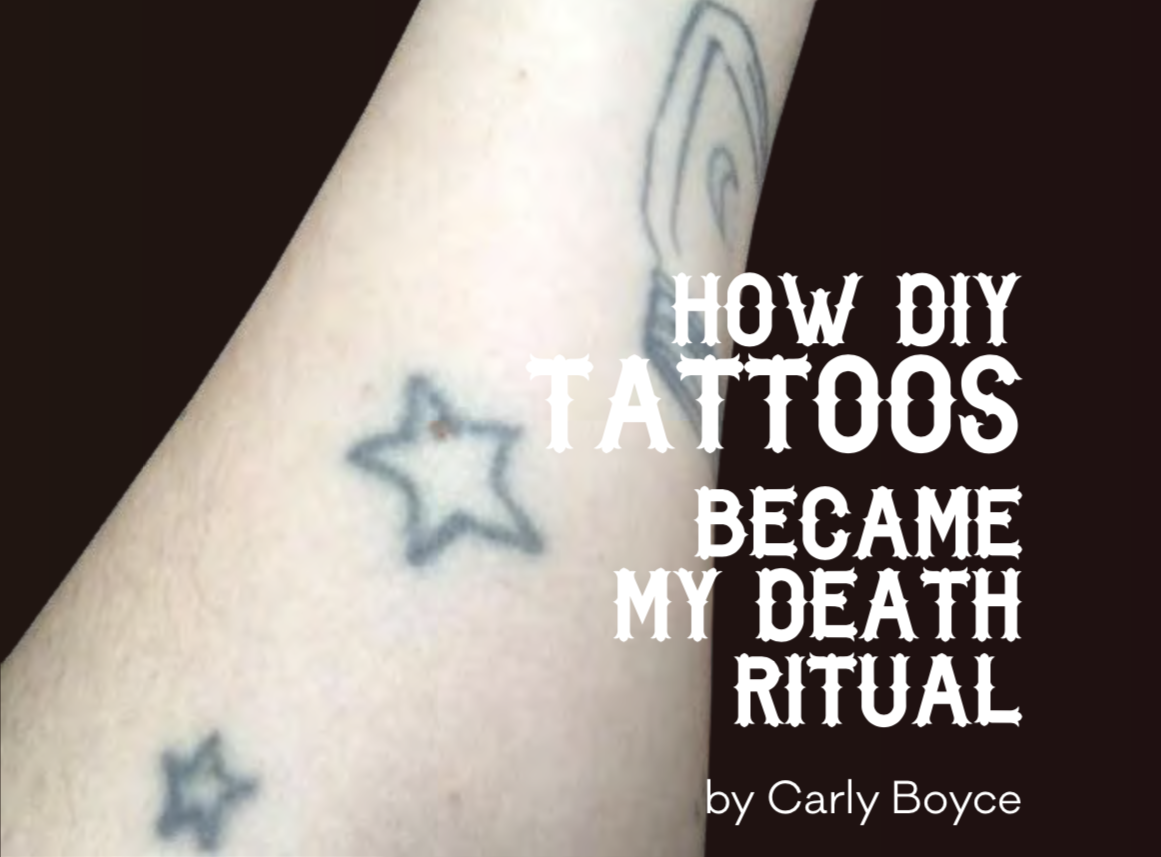 The Turtle Library Comics Magazine
The Turtle Library Comics Magazine
Comic, Christopher Green, 40 pgs, theturtlelibrary.com, $10
The fall 2019 issue of The Turtle Library Comics Magazine is just bursting with content. Christopher Green fills out every single page of the magazine with something or other, and there’s an almost palpable passion to pages.
The magazine opens with two pages of daily strips, presented as a though syndicated in a newspaper published in the fictional world of this comic. There’s a continuous narrative to all four. Green toys around with the space and shape typically allotted to such dailies with rebellion, bending the edges of panels and opening taller, narrower frames. There’s a simulated newsprint appearance to these pages that works very well.
The next comic in the magazine centres around Cricket, the protagonist of Turtle Library, in a story that picks up where the first issue left off. Green’s artwork here is bold and expressive, with his thick lines and unique character designs giving a convincing otherness to the work, and, as a result Green’s fictional world feels wholly fleshed out and realized. This is followed by four pages of rules for the in-universe game of Battle Bags, a more competitive version of bean bags that Cricket obsesses over. This amount of depth and elaboration here is something special, the kind of unique and dedicated worldbuilding that I love.
Following this is an elaborate comic that asks more of the reader than is typical — as in, Green literally asks the reader to remove the pages and fold them as per the provided instructions. I didn’t have the heart to damage the magazine, but the sheer complexity of the comic on these two pages is really something. This little activity section is bookended by another comic, this time starring the King of Police, a space menace who runs amok. As with the earlier comic, there’s a strong otherworldliness to this, with Green’s characters and writing playing well with one another.
One-man anthologies like this can be difficult to pull off. Green is the exception, excelling at creating a comic that works as both a collection of strips and as collected parts of a larger narrative, with more to come.


